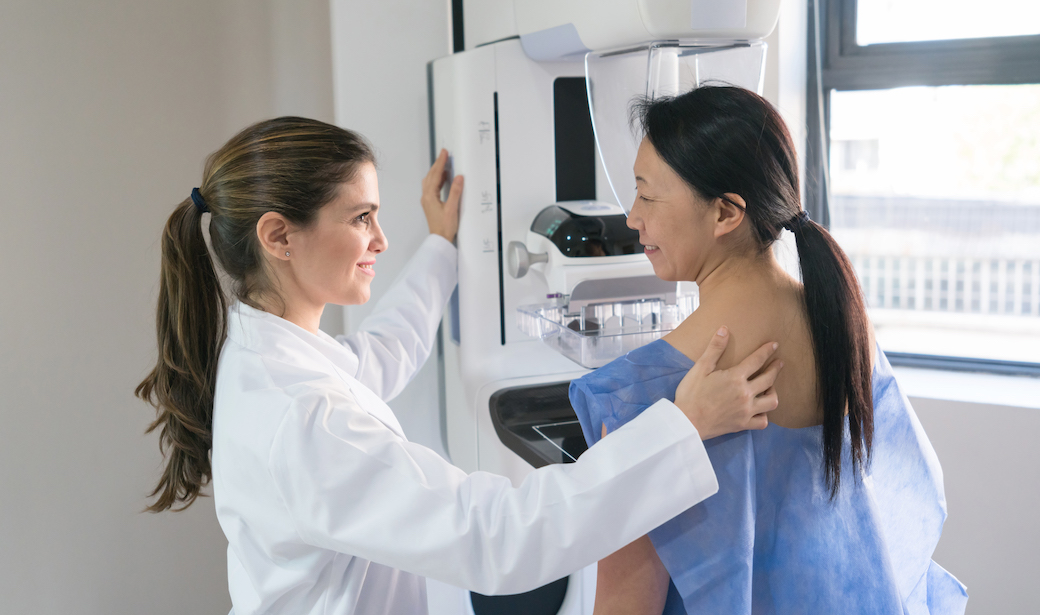In recent years, some people questioned the value of mammograms, a noninvasive screening that has saved hundreds of thousands of lives. While mammograms aren’t always perfect, their importance can’t be understated: Your mammogram might save your life.
If you need some convincing that your mammogram is worth 30 minutes of your time and a few moments of discomfort, here are five tips from Emily Albright, MD, a former breast surgeon at MU Health Care's Ellis Fischel Cancer Center.
Mammograms lower the risk of breast cancer deaths
Mammograms reduce your risk of dying from breast cancer by about 30%. Breast cancers detected through mammograms often can’t be felt during a self-exam because cancers can grow for up to two years before you feel a lump.
Early stage cancers have more treatment options, including less invasive surgeries. These cancers also have better five-year survival rates. Women with cancer that hasn't spread outside the breast have a survival rate of 99%, according to the American Cancer Society. Women with breast cancers that have spread to nearby structures or lymph nodes have a survival rate of 86%. These are the types of cancers that mammograms can catch that you may not notice.
Your family history isn’t a good predictor of breast cancer risk
Some women who have no family history of breast cancer might think they can skip their mammograms. However, 80% of women who are diagnosed with breast cancer have no family history at all, according to the American Cancer Society.
Mammograms are safe
Some women worry that the radiation in mammograms may increase their risk for cancer. However, mammograms use less radiation than chest X-rays and expose you to only about a tenth of the amount of radiation you are exposed to in nature.
There is no evidence that mammograms increase breast cancer risk. Research places your risk of getting cancer caused by repeated mammograms at less than .001%.
Nearly all experts agree on mammogram guidelines
Many medical associations support yearly mammograms starting at age 40. These groups include:
- American Medical Association
- American College of Obstetricians and Gynecologists
- American College of Radiology
- American Cancer Society
- National Cancer Institute
- National Comprehensive Cancer Network
These organizations recommend mammograms based on many years of research and evidence that mammograms improve breast cancer detection and survival rates.
Mammograms cost little to nothing
Federal law states that mammograms must be covered without a co-pay or deductible. Mammograms are free on all private insurance plans, as well as Medicare. Also, Missouri law mandates that insurance must cover the cost of 3D mammography — also known as breast tomosynthesis.
If you do not have insurance, many community resources can help you pay for mammograms. Your physician or mammography office can help connect you to these resources. It's also important to note that you do not need a doctor's order to schedule your screening mammogram.



